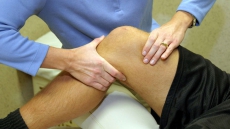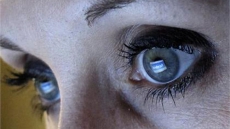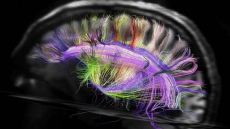New research shows that children exposed to gestational diabetes in the wombs are nearly six times more likely to develop diabetes or prediabetes than children who are not exposed.
With the increase in gestational diabetes mellitus (GDM), there is a growing need to understand the effects of glucose exposure on the newborn in the womb, at birth and later in life, it adds.
"Obese normal glucose-tolerant children of GDM mothers have pre-existing defects in beta cell function," said Dr Sonia Caprio from Yale University's school of medicine in New Haven.
This is, in turn, a strong risk factor for these children to develop prediabetes or diabetes, Dr Caprio added.
For the study, researchers selected 255 obese adolescents with a normal glucose tolerance and were investigated for in utero exposure to GDM and underwent an oral glucose tolerance test (OGTT), which was repeated after approximately three years.
They found that 210 (82 percent) participants were not exposed to GDM (called the NGDM group), and 45 (18 percent) were exposed to GDM (the EGDM group).
"Exposure to GDM was the most significant predictor of developing impaired glucose tolerance (IGT) or type 2 diabetes, with an increased risk of almost six times for those children exposed to GDM in the womb," Caprio maintained.
The ever growing number of women with gestational diabetes (18 percent) suggests that the future will be filled with children with early diabetes at a rate that far exceeds the current prevalence, authors concluded.
The study appeared in the journal Diabetologia.





